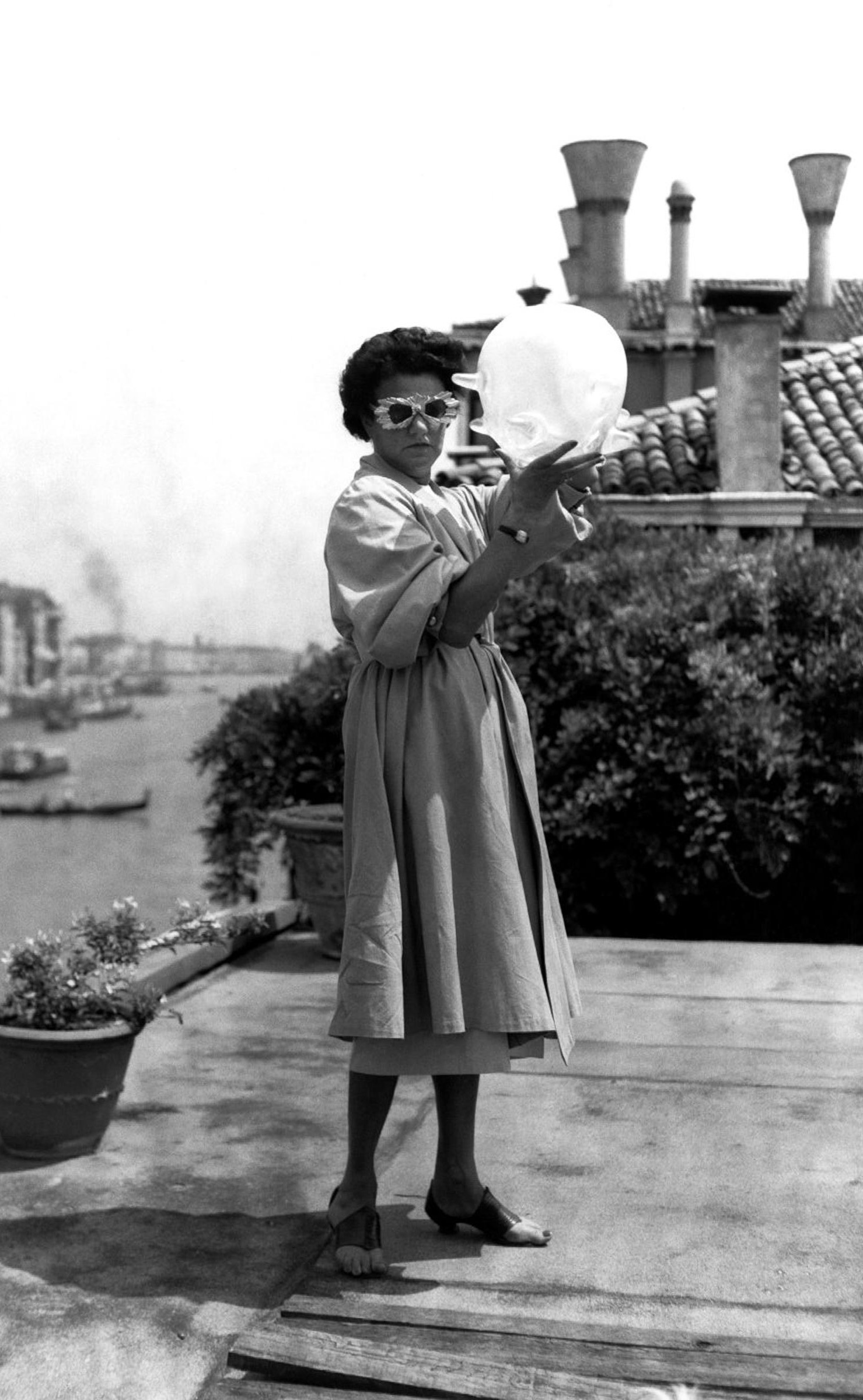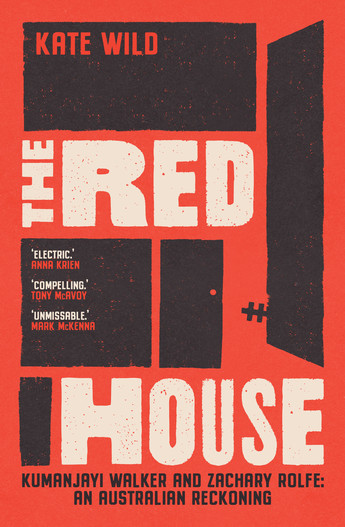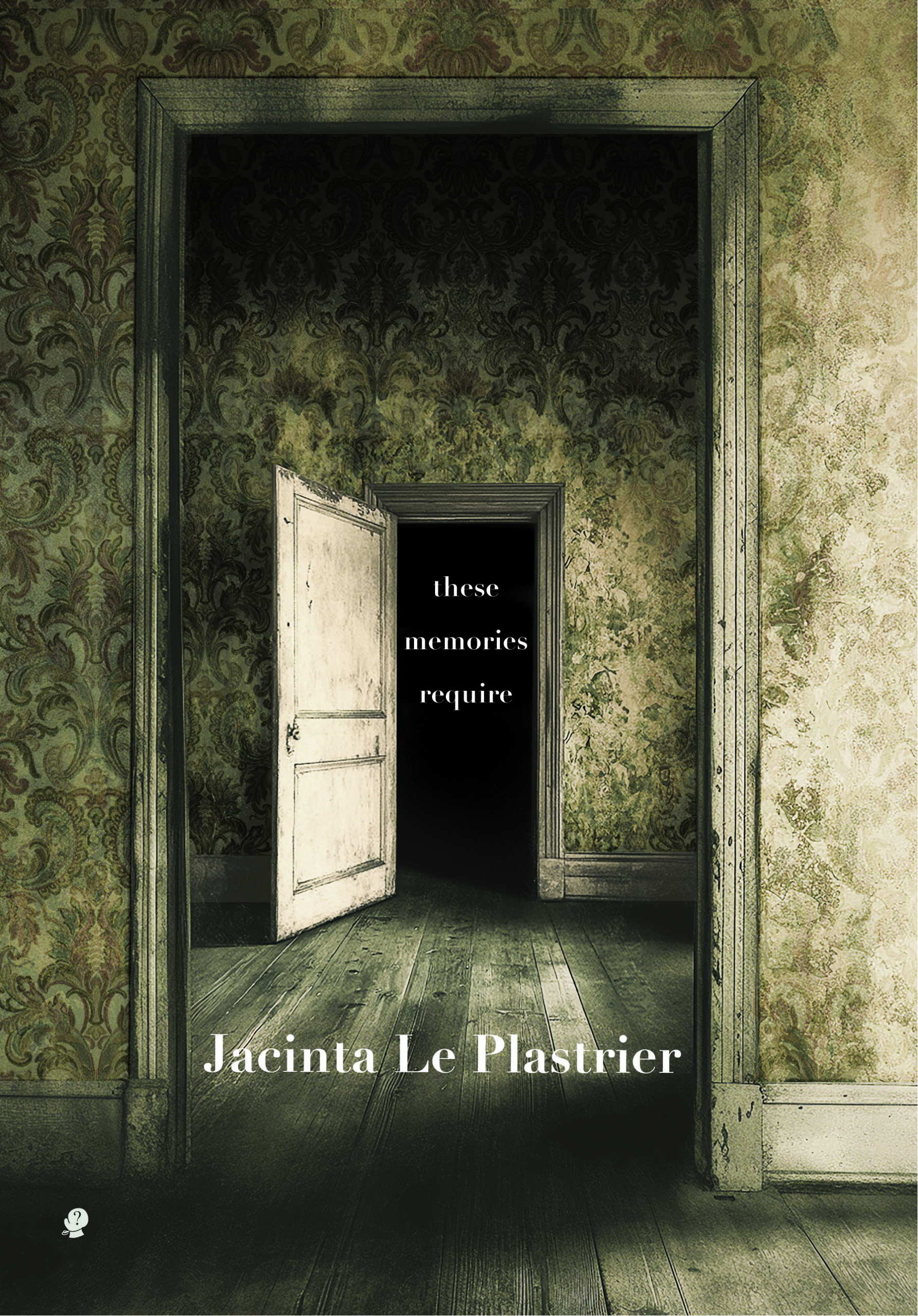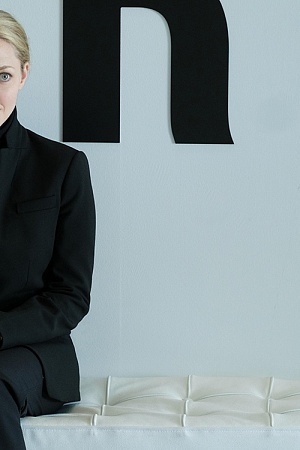Wakefield

Spoiler alert: at the end of Ken Kesey’s One Flew Over the Cuckoo’s Nest, Randle Patrick McMurphy is lobotomised. It’s a tragic defeat for a counter-culture hero and a barbaric victory for the institution housing him. The psychiatric facility is depicted as a prison, its residents the doomed inmates, and its head nurse, the villainous Nurse Ratched, the warden. In that story, madness is analogous to freedom, and the final image of Chief making his escape for Canada is a much-needed glimmer of resistance and hope.
Wakefield, the eponymous establishment in ABC’s terrific new series, is worlds away from Kesey’s sterile psych ward: it’s a safe, colourful, pleasantly cluttered place, perched on an improbably majestic bluff in the Blue Mountains. The staff are flawed but dedicated caregivers, and the Nurse Ratched stand-in is a put-upon middle manager named Linda. The patients, or ‘clients’, are not grappling with a vicious institution – only themselves and an array of knotty traumas. At Wakefield, mental illness is not something to be hidden, suppressed, exorcised, or lobotomised. And if the distinction still weren’t clear enough, in one episode nurse Nik Katira tells a patient, ‘This isn’t One Flew Over the Cukoo’s Nest’, before escorting her to a restorative session of electro-shock therapy.
Continue reading for only $10 per month. Subscribe and gain full access to Australian Book Review. Already a subscriber? Sign in. If you need assistance, feel free to contact us.











Leave a comment
If you are an ABR subscriber, you will need to sign in to post a comment.
If you have forgotten your sign in details, or if you receive an error message when trying to submit your comment, please email your comment (and the name of the article to which it relates) to ABR Comments. We will review your comment and, subject to approval, we will post it under your name.
Please note that all comments must be approved by ABR and comply with our Terms & Conditions.